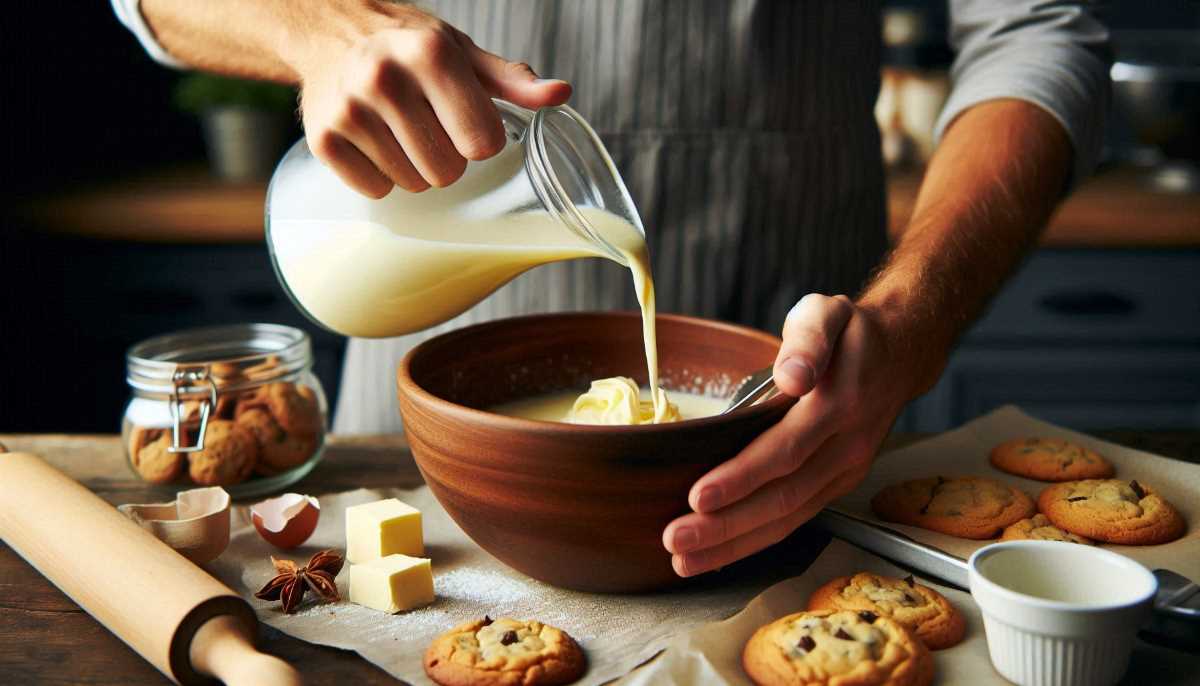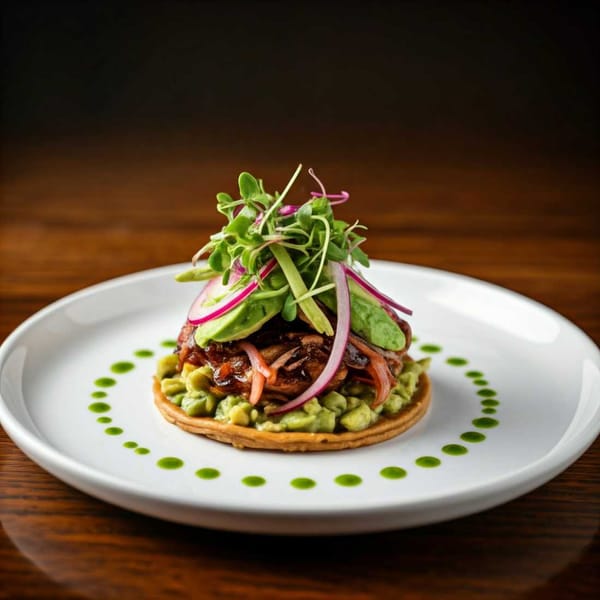The Science of the Perfect Chewy Sugar Cookie
Three types of fat and melted butter create the perfect chewy sugar cookie. Science explains the crackly tops and why some cookies are just crumbly disasters.

The humble but delicious sugar cookie – a seemingly straightforward treat enjoyed by children and adults alike. Yet, beneath its crisp exterior and delightfully chewy interior lies a world of fascinating fat physics and meticulous ingredient interplay. Why, you ask, would a simple confection necessitate the inclusion of three distinct fats? Get your socks tucked in, dear reader, for we are about to take you on a deep dive into the complex science of the perfect chewy sugar cookie.
First, let us address the elephant in the room, or rather, the trio of fats residing in our dough. We all have a basic understanding of fat – the villain of clogged arteries in some circles, the good guy of flavor in others. But within the vast kingdom of fats exist two distinct royal families: the saturated and the unsaturated. Saturated fats, like the stoic King Butter, hold their form at room temperature, while their more fluid cousins, the unsaturated fats (represented by the ever-flowing Princess Vegetable Oil), remain liquid.




